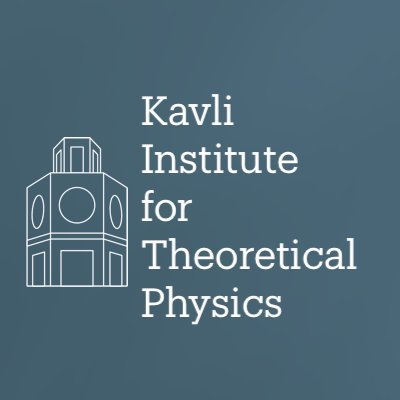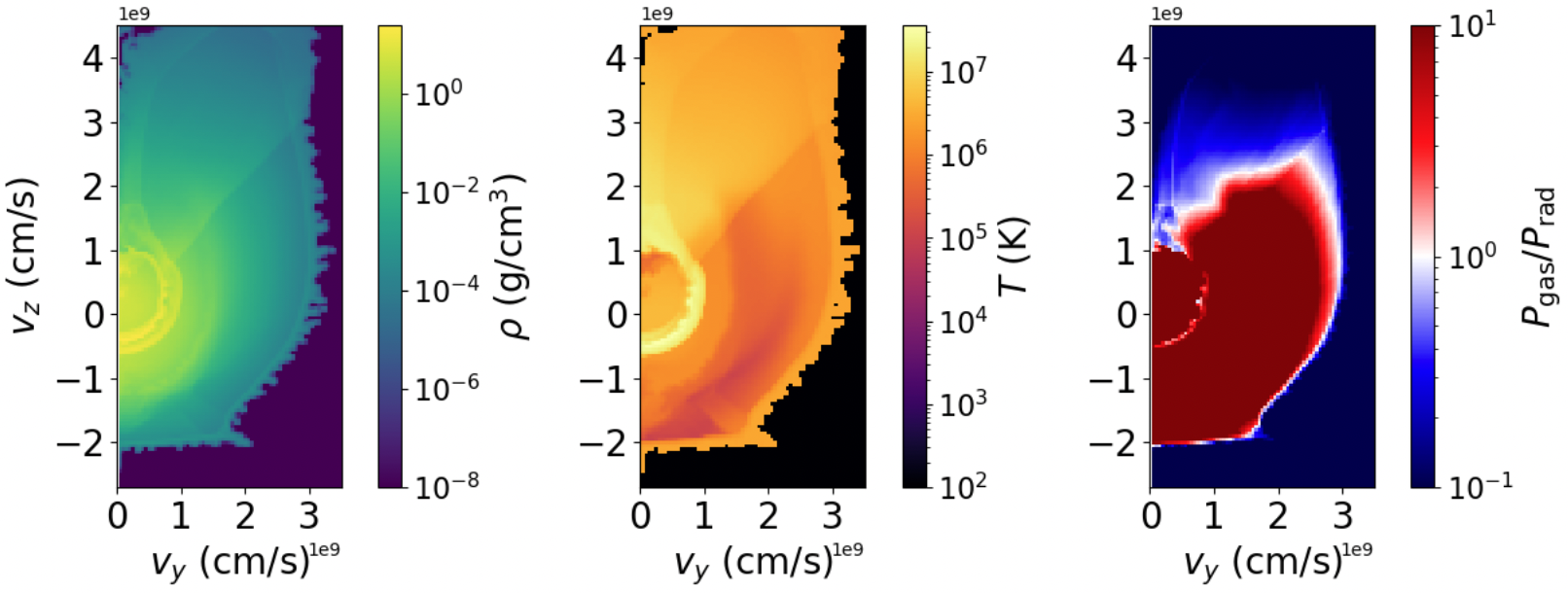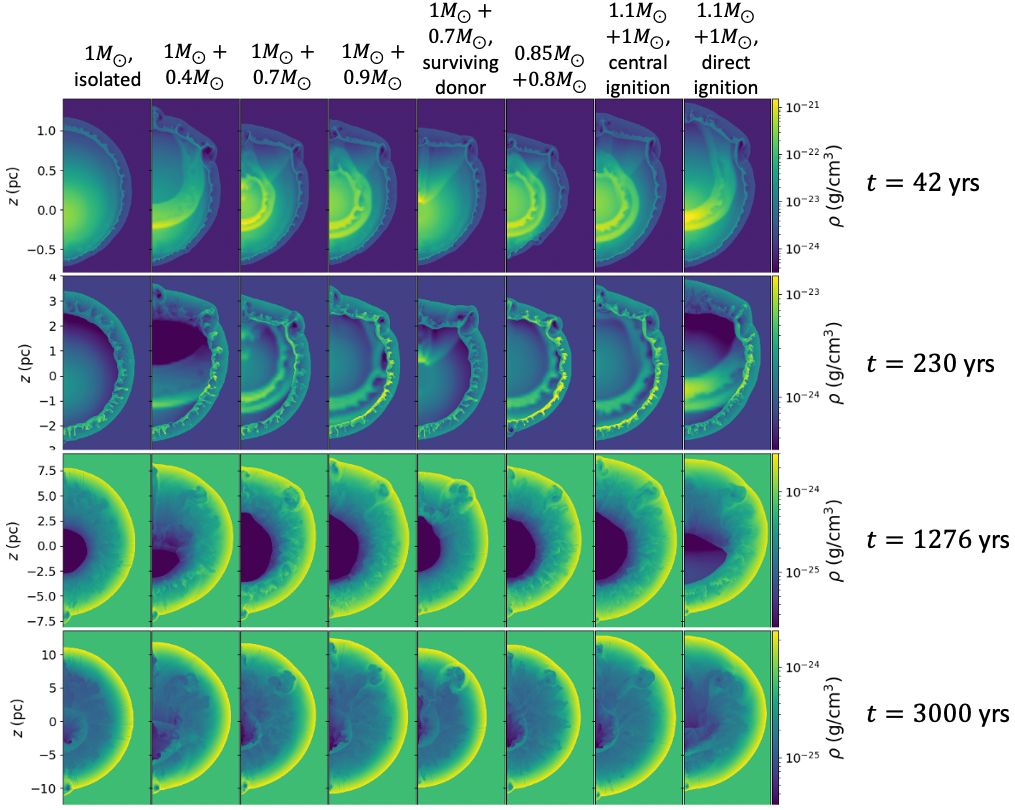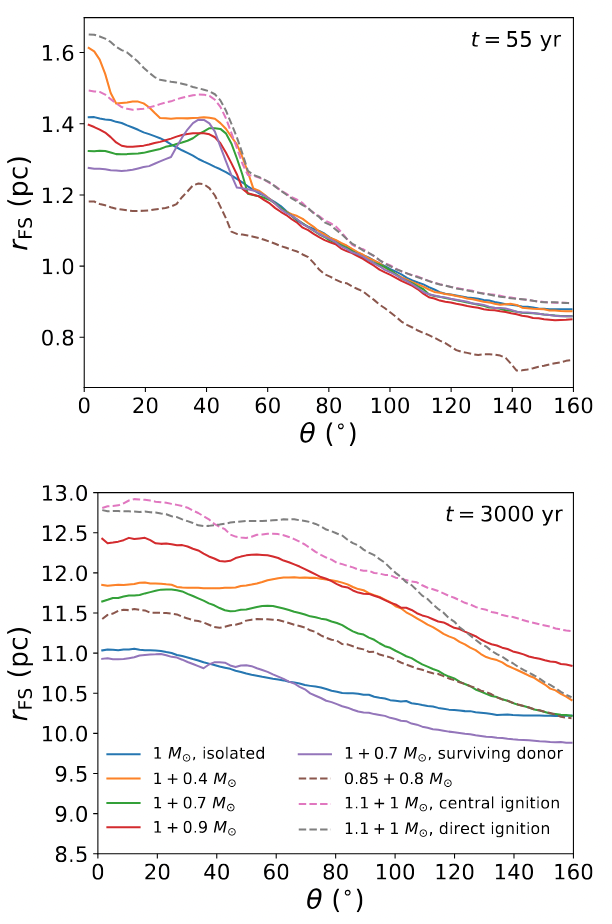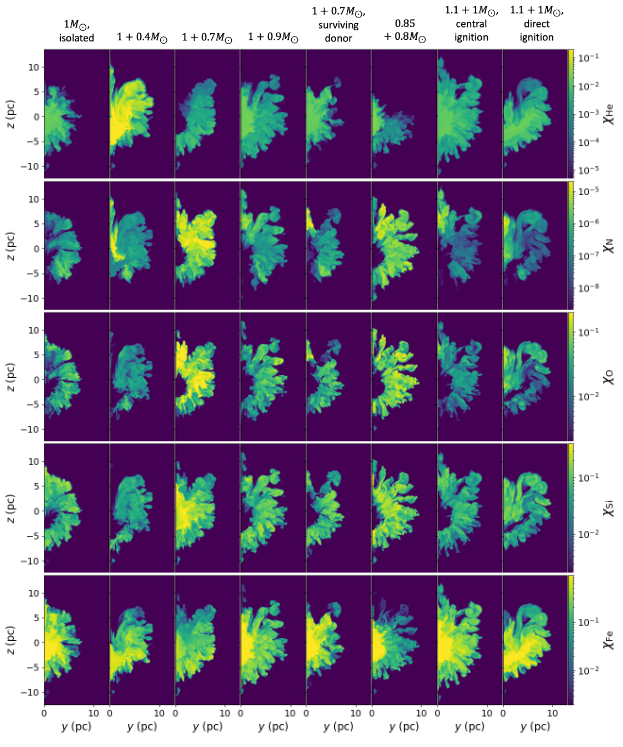Type Ia supernovae can be triggered by accretion onto one white dwarf from another in a tight binary. Here a shell of helium builds up on the primary until the shell detonates, subsequently detonating the carbon-oxygen core. This is known as the "double-detonation" model.
Because the donor must be Roche-lobe filling, a significant portion of the ejecta is guaranteed to collide with the donor. This carves a conical wake into the ejecta filled with low-density, shock-heated gas. Recent work has shown that it is possible for this collision to ignite nuclear burning in the donor, inducing its own double detonation. This ultimately results in the destruction of both objects and is known as the "quadruple-detonation" scenario.
Both the hydrodynamic interaction between the ejecta and donor as well as the possible detonation of the donor substantially modify the ejecta structure. Here we aim to study the effects of these modifications on the evolution of supernova remnants resulting from such events.
